Weekend Workshop: Learn basic music theory for better productions
Music theory isn’t the be-all and end-all of becoming a great producer, but a little knowledge can help. Here are some fundamentals.
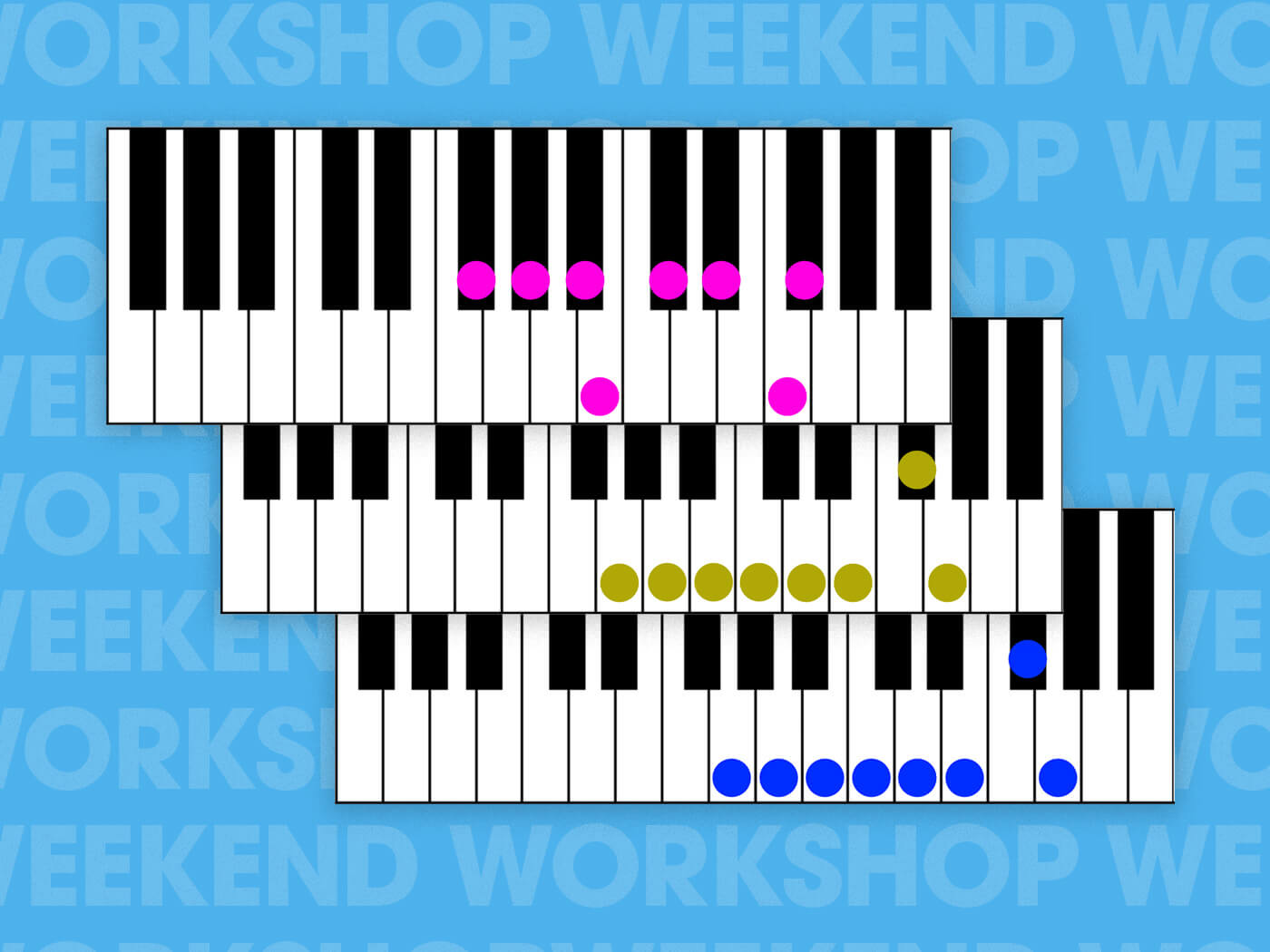
You don’t need music theory to be good at music. The history of songwriting and composition is littered with people who didn’t know the rules, along with those who did. What music theory can offer is a way to understand why what you’re doing sounds good.
Creating a unique piece of music is all about doing something new, but still recognisable, so having a cookie-cutter, by-the-book method for creating tunes is not the goal of the producer or songwriter. But learning music theory can give you insights and ideas about where you might want to go next, and serve you well for the future.
In a slight departure for the Weekend Workshop series, we’re going to cover the absolute basics of music theory to give you a grounding in the subject, and from here you can build on it as much as you wish. If you just want to know about free plug-ins, check out our new Plug-in Preview video.
Keys and Scales
We all know that music is made from 12 notes, recombined in different ways, at different times, in different combinations and different rhythms. But as it turns out, you can’t really just take all 12 notes and make a meaningful piece of music out of them.
A musical key means taking a certain number of those notes (usually seven), and using only those to construct your music. You can’t necessarily just pick out any seven, but mention any given key to a musician, and the two of you should know exactly which notes it contains. Here’s one now.
C Major
The key of C major is a very common jumping-off point for music theory because the particular seven notes it contains are all the white notes of the piano keyboard, played from C to C.
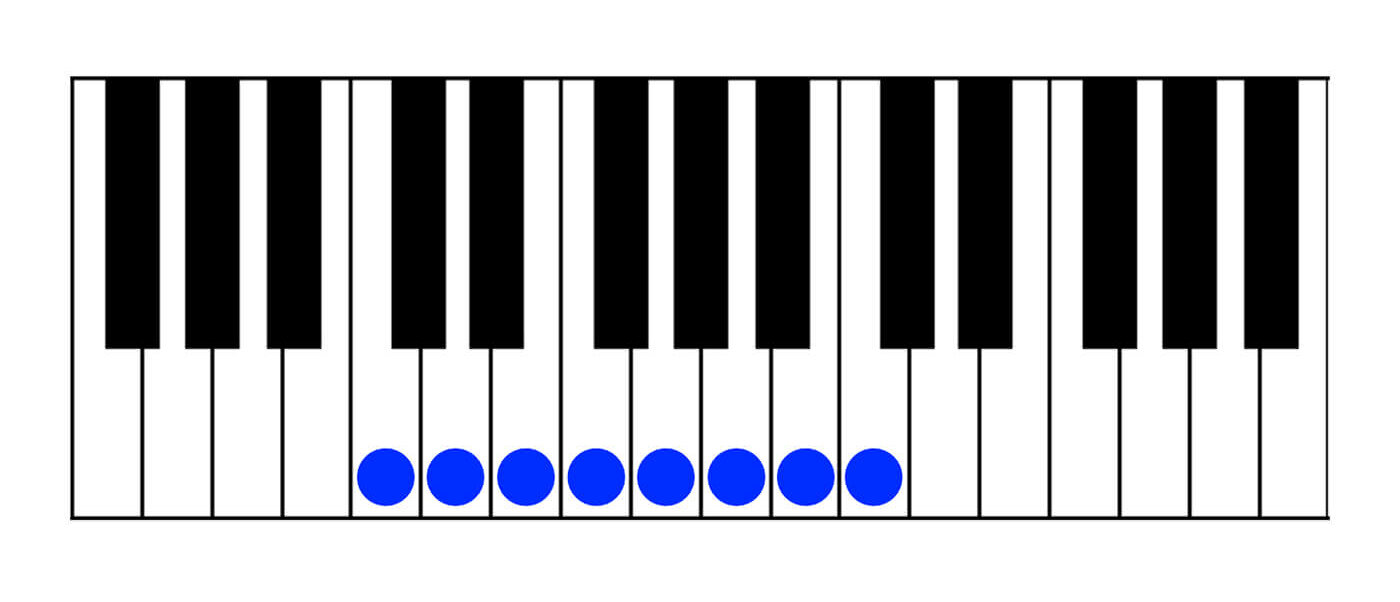
If you play all the white notes on your keyboard (or even in your DAW) from C to C, you’ll hear that familiar major scale – a foundation of Western music.
How Musical Keys Work
So what’s the point? Let’s say you’re playing notes on a piano, and your friend is hitting out notes on a xylophone. If the two of you are both playing in the same key, what you’re playing is, by and large, going to sound good.

Your friend’s xylophone is a great way to learn about musical keys, as they can literally detach the unwanted notes to make sure anything they smash is going to sound good. This is the root of how to use musical keys in your DAW: if all MIDI notes, samples and recorded audio conform to the same key, you have something musically coherent. However, that’s not to say it’ll sound great all on its own.
How All Major Keys Work
Let’s expand our view out to something other than just the C major scale. We’ll look at the F# major scale now. Played from F# to F# on the keyboard, the notes are different, but the essence of F# major is very similar to that of C major.
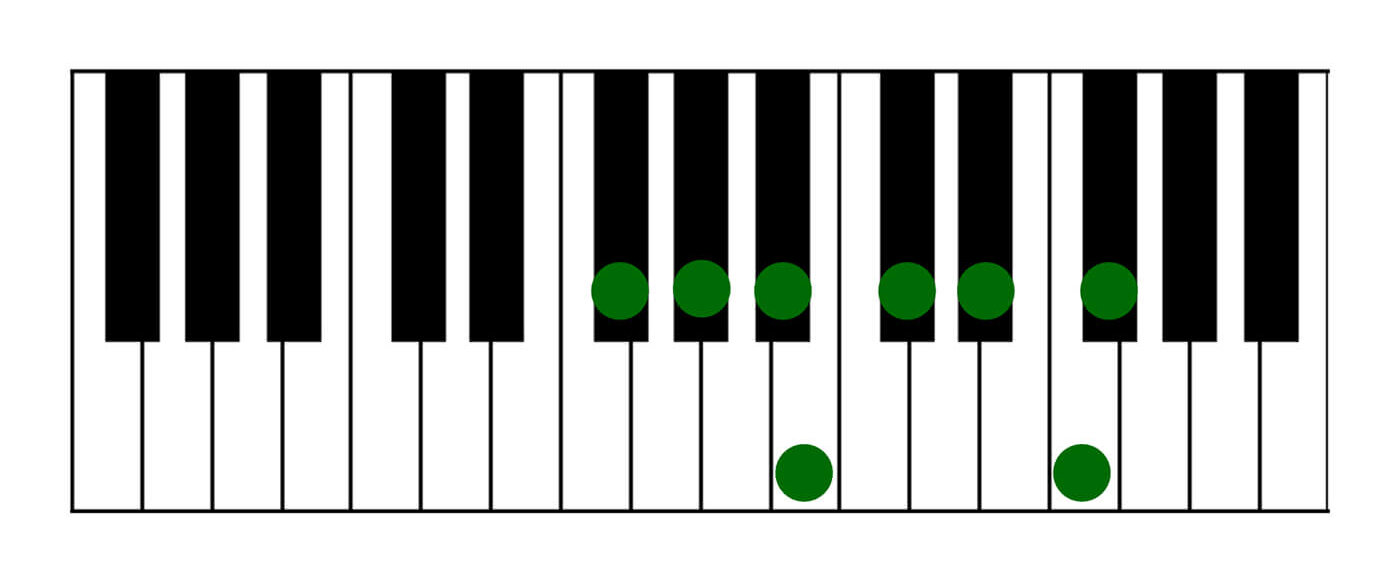
So what is it that makes these two scales major, when they use very different notes? The answer is the steps between the notes.
In a major scale, the notes always move up the keyboard in the pattern TTSTTTS, as shared by both the C major and F# major scales. Here S stands for semitone (one note) and T stands for tone (two notes).
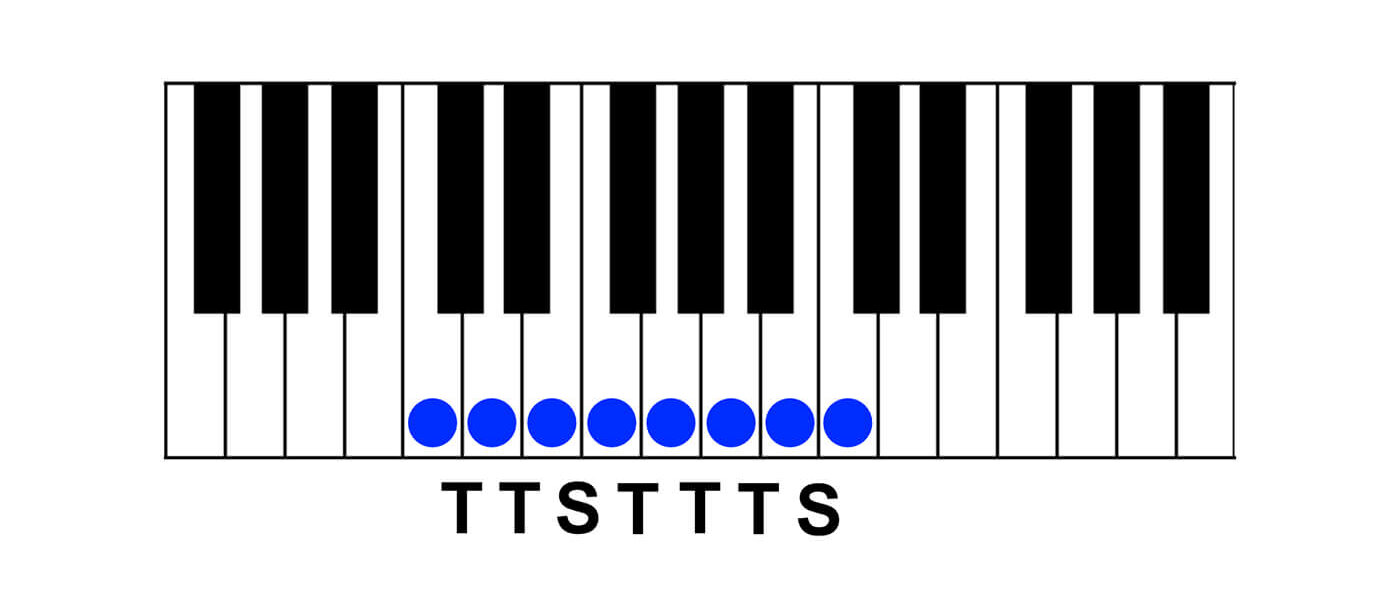
Knowing that it’s the gaps between the notes that create a major scale, here are two more major scales that display the exact same pattern. Again, if two instruments play together, then as long as they’re playing the same scale, the result should be musical.
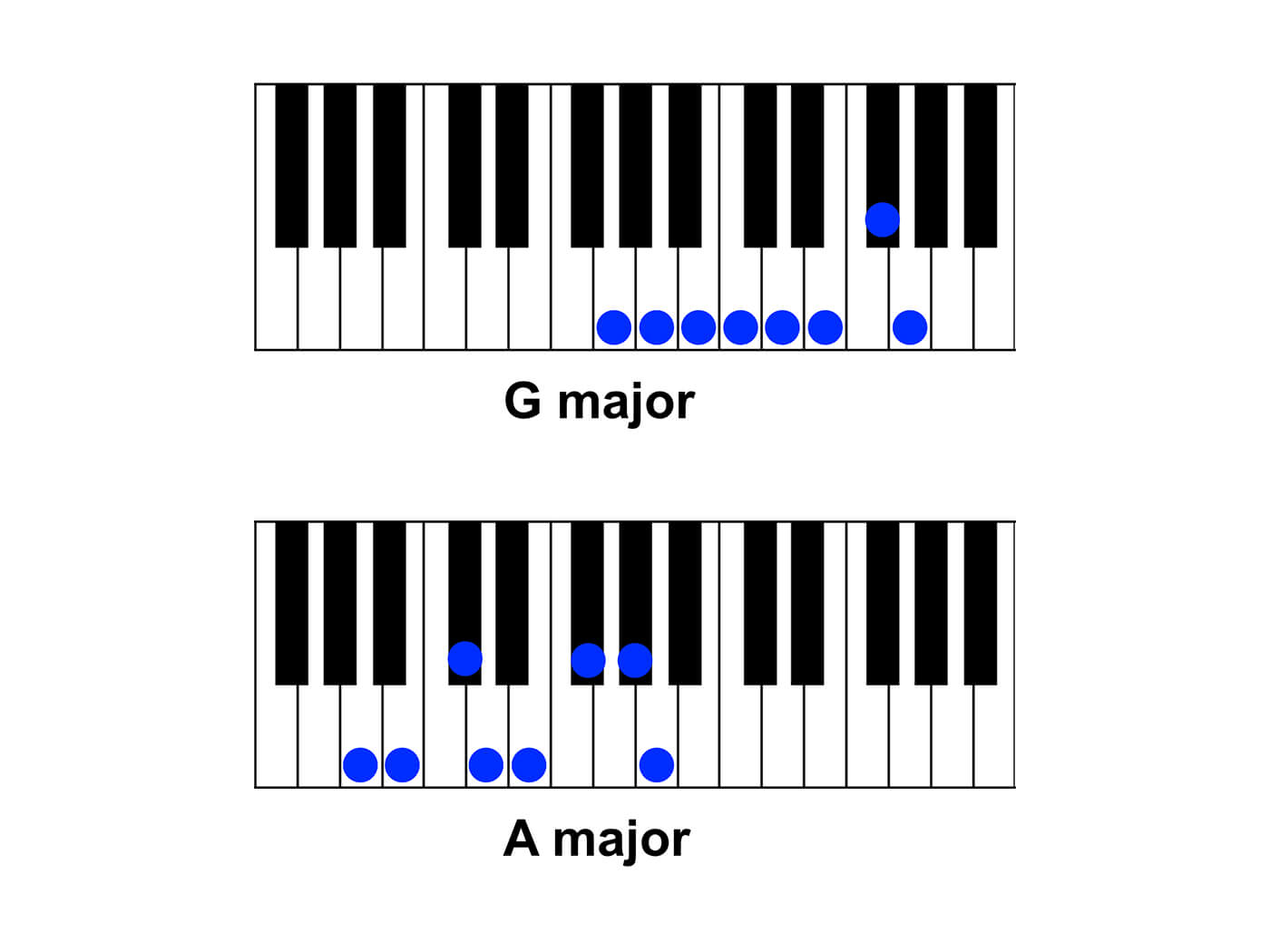
Minor Keys
You’ve likely heard of minor keys in your musical travels. While the major scale is said to sound happy and optimistic, or very similar in quality to a nursery rhyme, the minor scale is supposedly sadder and more melancholic. These are traditional descriptions, but they carry less weight in the age of the synth and the DAW.
The typical minor key used for an easy explanation is A minor. Like C major, you create it by moving through all the white notes of the keyboard, but this time by playing from A to A.
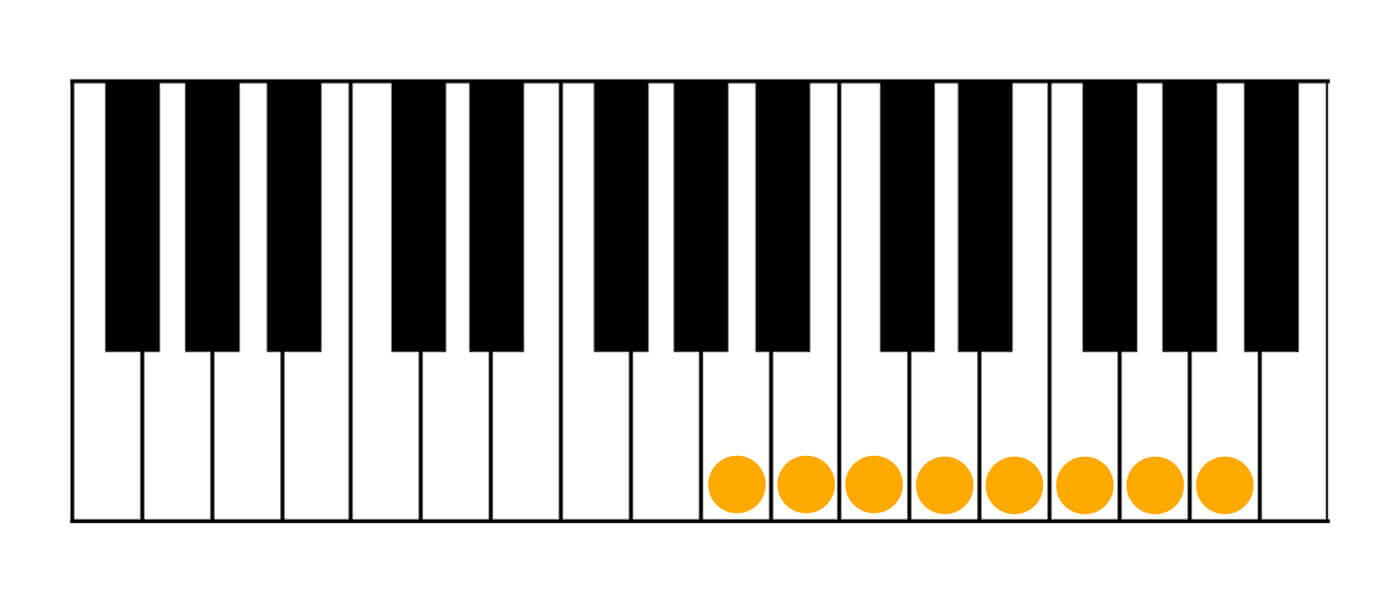
Just like with the major keys, two instruments both playing in the same minor key will work together musically.
Again, what defines a minor key is the gaps between each note. This time, with the pattern TSTTSTT as you move up the keyboard. Again, S stands for semitone (one note) and T stands for tone (two notes).
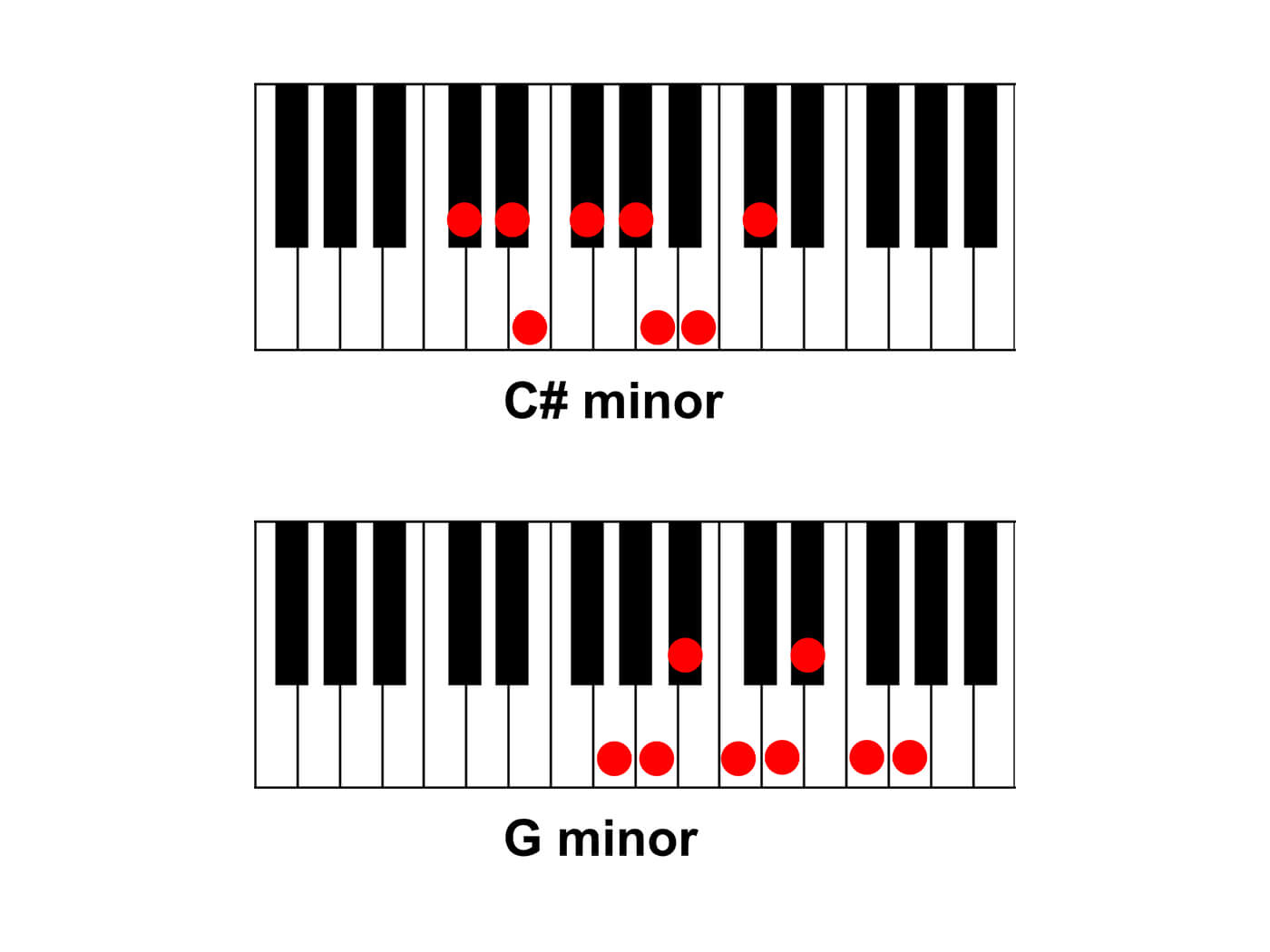
Playing along with your favourite tunes
To test your ability to work out musical scales, you could use a website like GetSongKey to identify the musical key of a popular song and attempt to play along or program along in your DAW, using your new knowledge of musical scales. Practice makes perfect.
What’s the difference between a scale and a key? Very little, but the ‘scale’ is often seen as more of a presentation of notes in the key, played from low to high. That lowest note that gives the key its name (eg, A in A minor or perhaps F# in F# major) is usually used as the first and last note of a melody, although as music gets more complex, this rule will begin to be less applicable.
Relative keys – mixing major and minor
Here’s a tip to mixing different scales in your DAW. Remember how the C major and A minor scales both contained all the white keys, just played from a different root note? Well aside from the root note, there’s not much to separate those two keys from each other, when they contain the same notes.
As it turns out, every major key has a minor counterpart (called a relative minor) with this same relationship. Conversely, every minor key has a major counterpart, called a relative major.
Let’s say you’re constructing music out of samples and loops. It would be reasonable to try using samples in A minor as part of your C major track – it may not work, primarily due to that root note, but it’s more likely to work than mixing other keys.
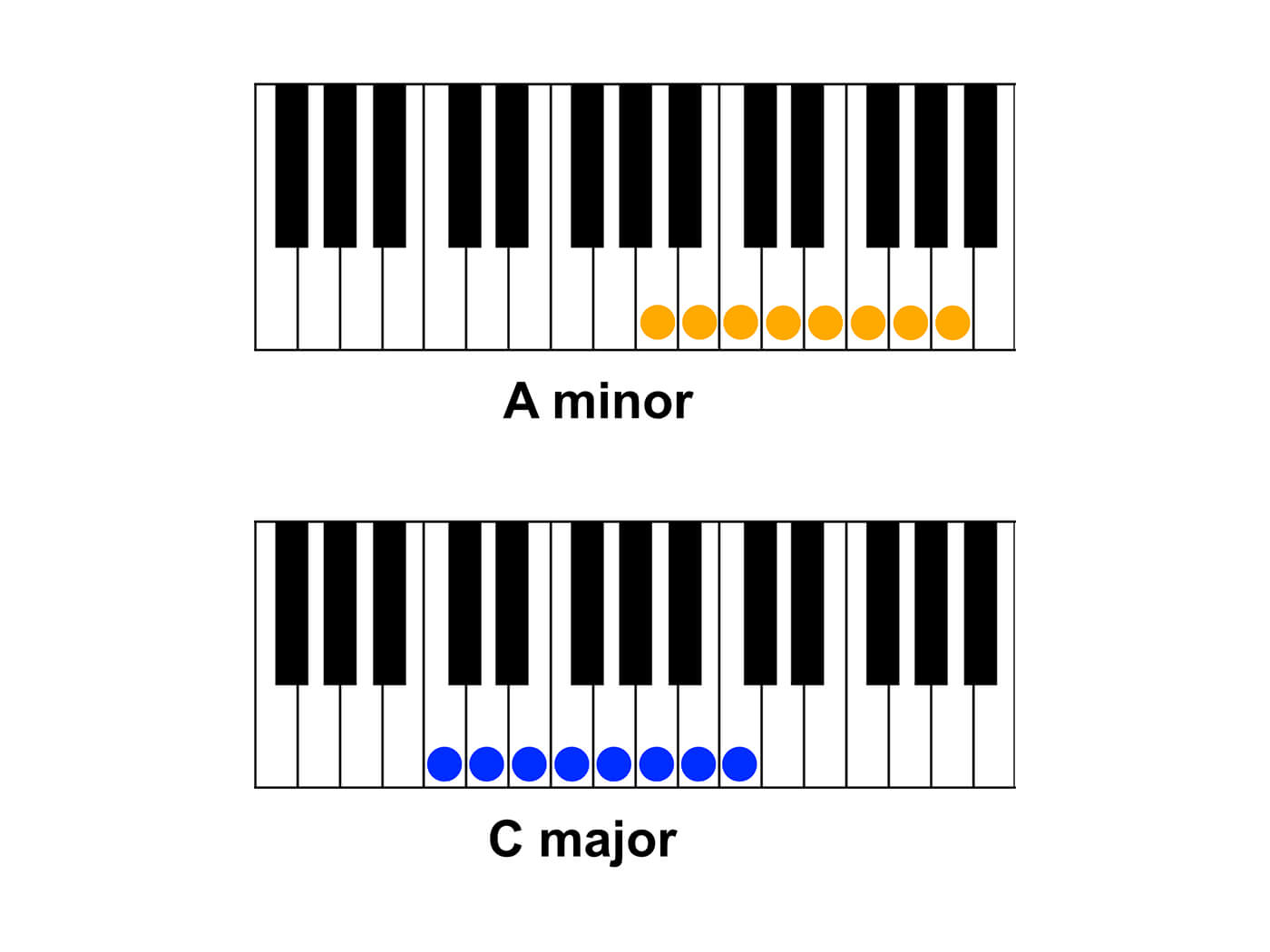
For DJs, the Camelot Harmonic Mixing System lets you keep an eye on tracks that work together because of how many notes they share. An Ab key (minor) has a B key (major) in the same segment, because they’re relative keys and share the same notes. In the Camelot Mixing System, the closeness of one key to another one gives you an idea of how well the two will go together.
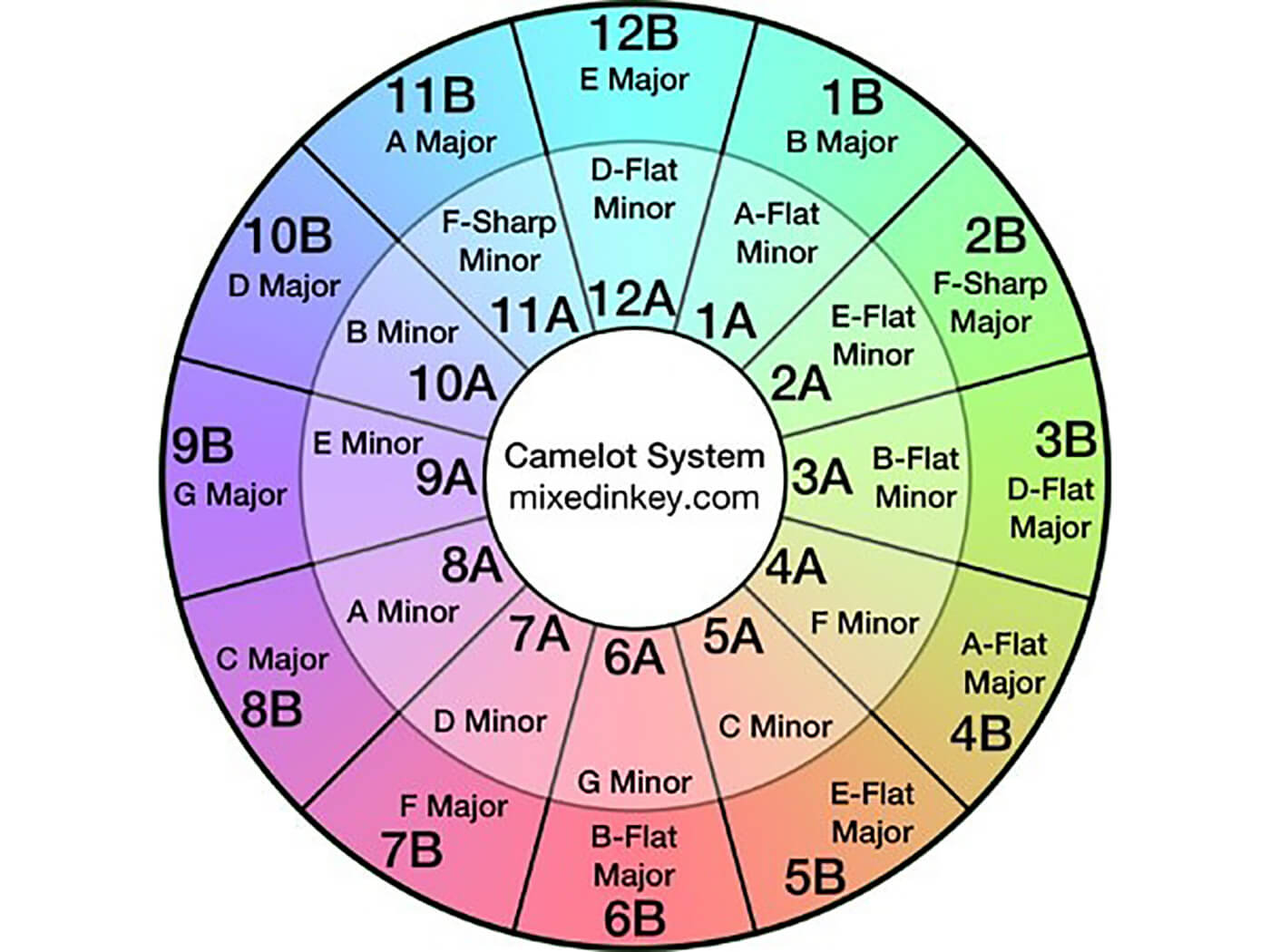
Closely vs distantly related keys
Two relative keys share the exact same notes, putting them close together on the Camelot Harmonic Mixing System and making it likely that the two will work together. But there’s another type of relationship between musical keys that means they can potentially work together.
If we look at the major keys of C major and G major, it’s easy to see that they share all but one of their notes. In contrast, the keys of C major and F# major don’t share many notes at all.
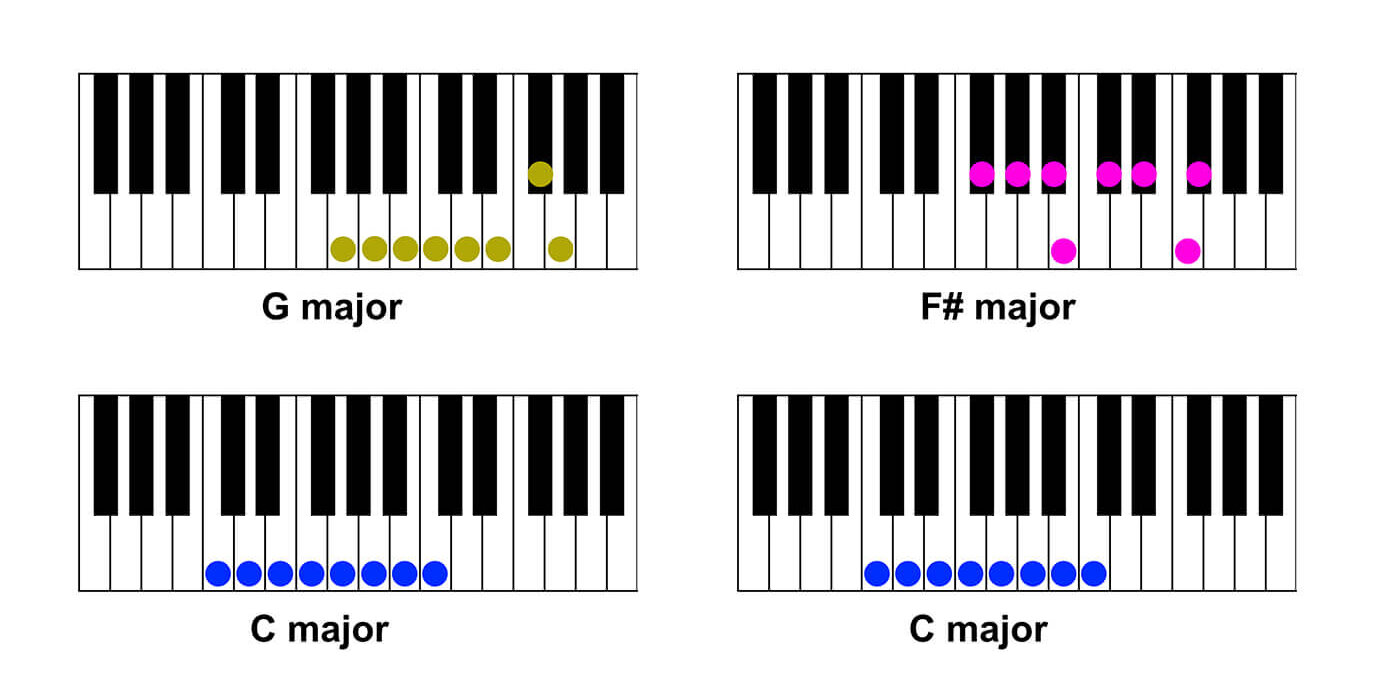
Similar to what’s happening with the relative keys, samples and tracks in C major and G major will be likely bedfellows, but those in C major and F# major are very unlikely to work together – they’re just too distantly related.
More Music Theory
This barely scratches the surface of music theory – there are a thousand rabbit holes that you can find yourself going down, and we encourage you to find out more.
Let us know where you are on your musical journey in the MusicTech Creator Community Facebook group.
Check out more Weekend Workshops here.